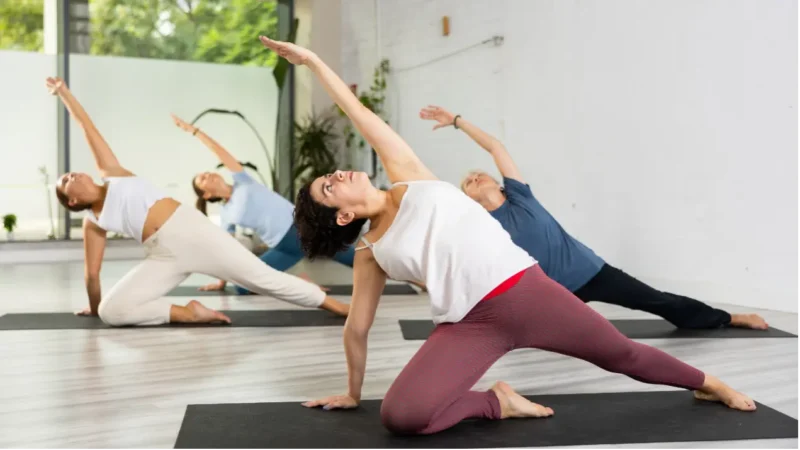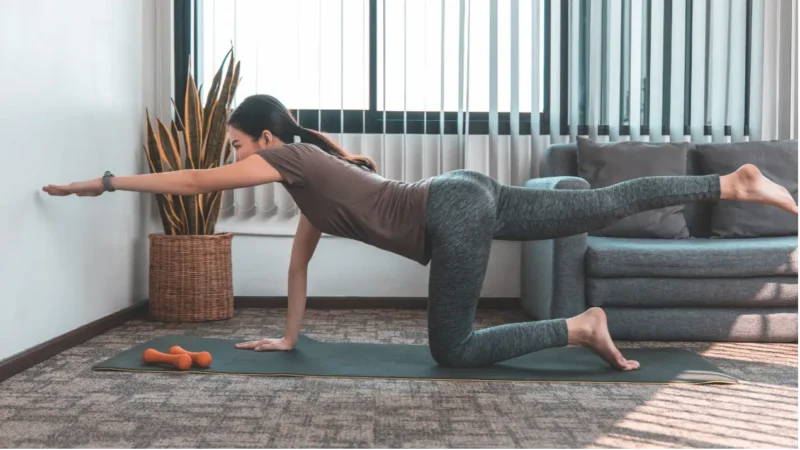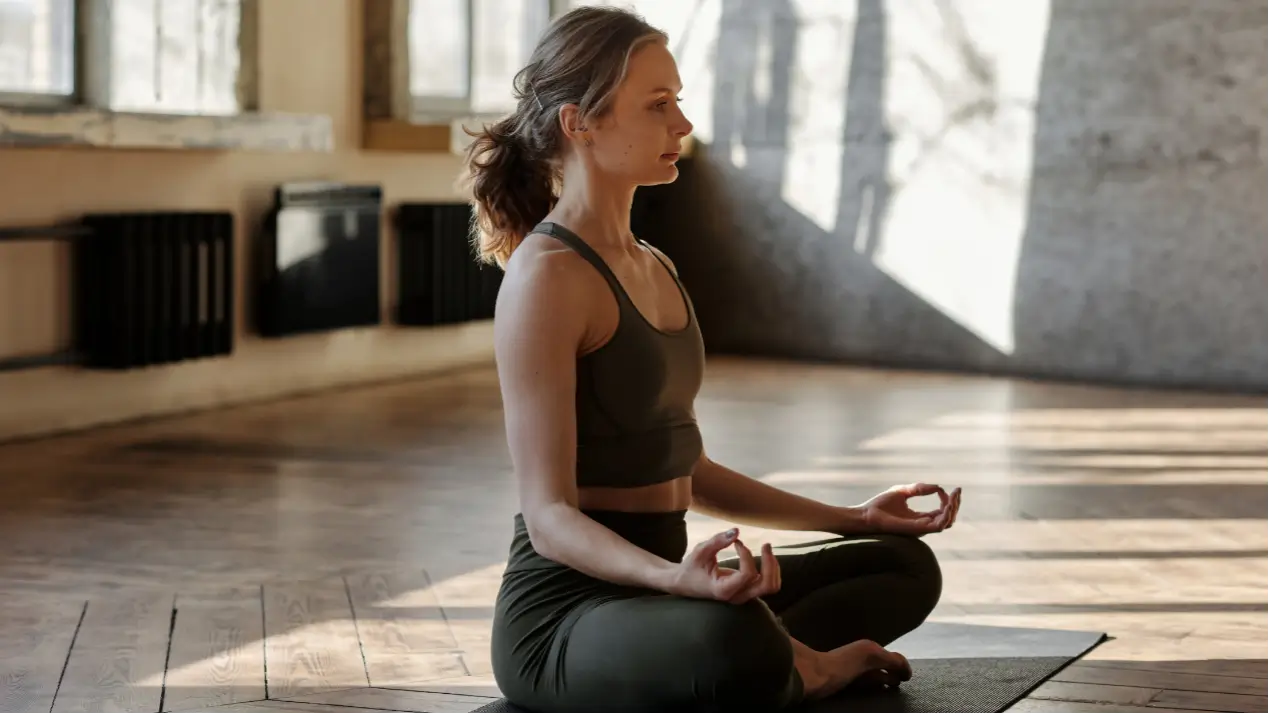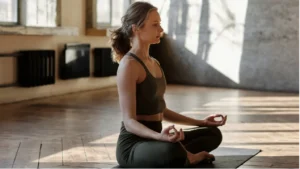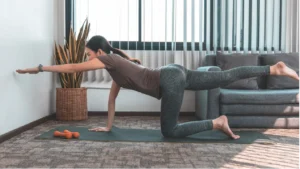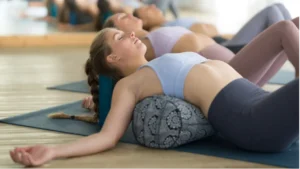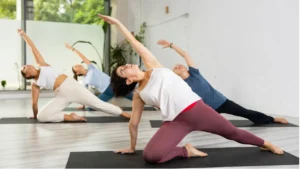Restorative Yoga is a deeply relaxing practice that focuses on restoring balance to the body and mind. It uses gentle, supported postures to promote deep relaxation, healing, and stress reduction. Unlike more intense yoga styles, Restorative Yoga is about slowing down and allowing the body to rest in poses for extended periods, often with the help of props like bolsters, blankets, and blocks.
What is Restorative Yoga?
In Restorative Yoga, the goal is not to build strength or flexibility, but to promote deep relaxation and rejuvenation. This practice is designed to help individuals recover from stress, injury, or illness, and to restore energy levels. The use of props allows the body to be fully supported in each pose, which helps to release tension and calm the nervous system.
Core Elements of Restorative Yoga
- Minimal Effort: Restorative Yoga requires minimal active engagement from the muscles. The focus is on complete relaxation and letting the body rest fully in supported postures. This makes it an excellent practice for people experiencing stress, fatigue, or recovering from injury.
- Long Holds: Poses in Restorative Yoga are typically held for 5-20 minutes. This allows the body to release deeply held tension, calm the mind, and restore energy. The long holds encourage practitioners to enter a state of deep relaxation, helping the body to heal on a physical and emotional level.
- Breath Awareness: In Restorative Yoga, focused breathing is essential. Deep, slow breaths help to activate the parasympathetic nervous system, which is responsible for the body’s rest-and-digest response. This promotes relaxation, reduces stress, and enhances the overall experience.
Benefits of Restorative Yoga
- Reduces Stress and Anxiety: Restorative Yoga is known for its ability to calm the nervous system and reduce stress and anxiety. By focusing on deep breathing and long-held postures, this practice encourages relaxation and emotional release.
- Supports the Nervous System: The practice helps to restore balance to the nervous system by triggering the body’s relaxation response. It is particularly beneficial for individuals experiencing stress, burnout, or insomnia.
- Helps in Recovery from Injury and Chronic Pain: The gentle nature of Restorative Yoga makes it an excellent practice for those recovering from injury or dealing with chronic pain. The supported postures help relieve tension and improve circulation, aiding in the healing process.
- Encourages Emotional Healing: Restorative Yoga offers space for introspection and emotional healing. By slowing down and entering a state of relaxation, practitioners can explore their emotions and promote mental well-being.
Who Should Practice Restorative Yoga?
Restorative Yoga is ideal for anyone who is recovering from illness, injury, or stress. It’s also perfect for those who need to unwind, release tension, or promote emotional healing. Individuals who have chronic pain or fatigue will find this practice particularly beneficial. It is a great complement to more intense workouts and helps to restore balance to the body and mind.
Tips for a Restorative Practice
- Set Up a Quiet Space: Create a calm, peaceful environment for your practice. Dim the lights, and use soft music or nature sounds to help you relax.
- Use Props for Comfort: The use of props like bolsters, blankets, and blocks is essential in Restorative Yoga. These props provide the support needed to fully relax and release tension.
- Focus on Breathing: Deep, slow breathing is crucial in Restorative Yoga. Focus on your breath and allow it to guide you into a deeper state of relaxation with each inhale and exhale.
Getting Started
Restorative Yoga is suitable for all levels. Beginners may want to start by attending classes or following guided sessions, as the use of props and long-held postures may be new to them. Over time, this practice will help to release stress, improve flexibility, and promote healing.




